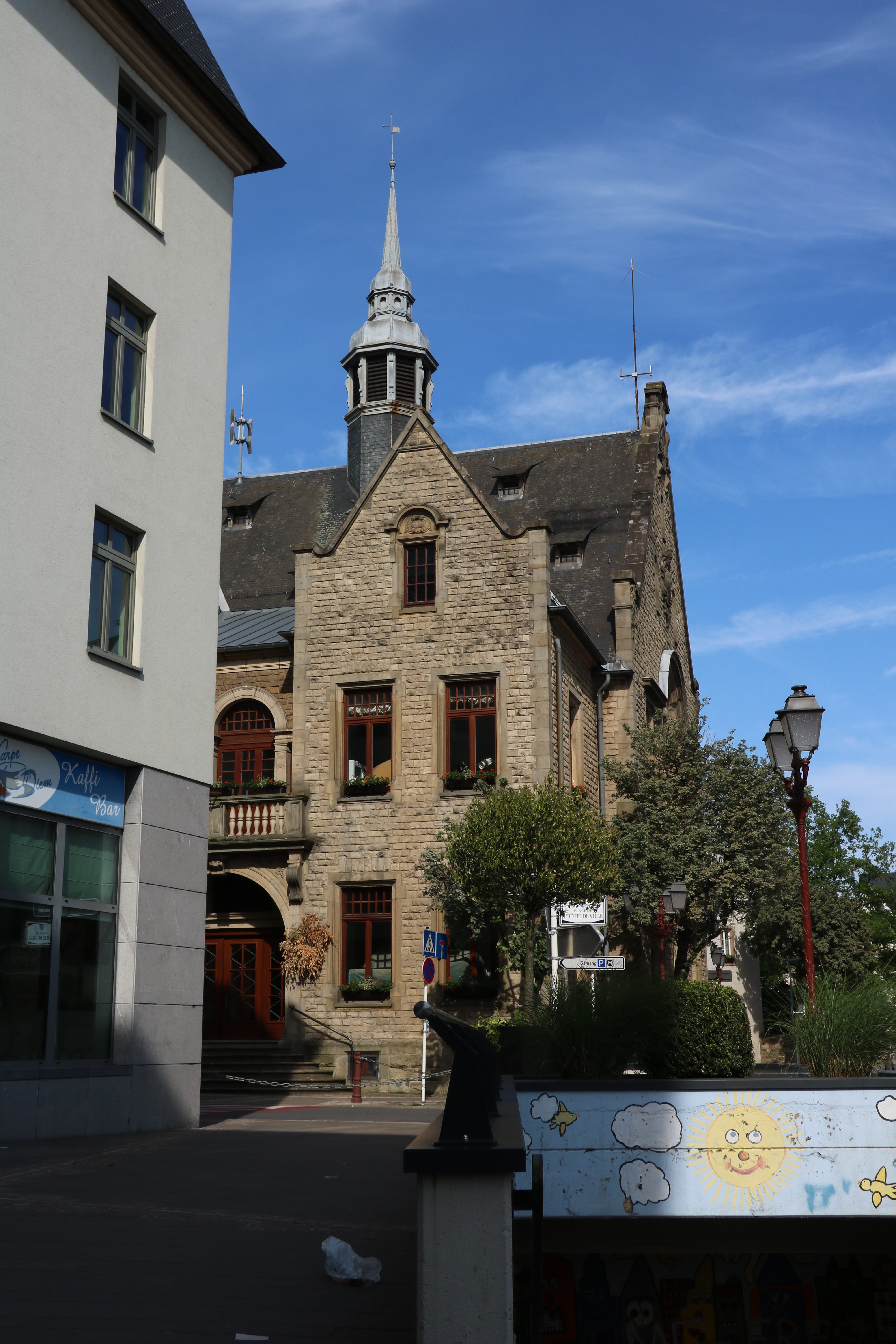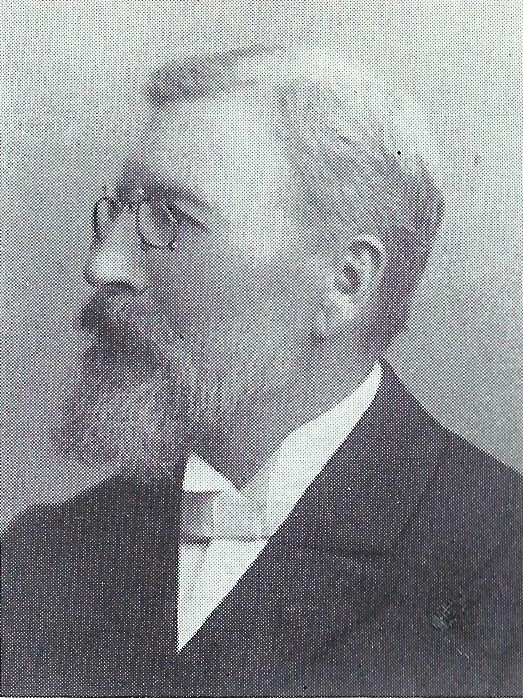Money, Money, Money

The City Hall of Ettelbruck can be seen as a metaphor for the role that the Grand Duchy’s communes have had in the history of psychiatry in Luxembourg or, in this case, in the early history of the Hospice Central. As a matter of fact, the communes were responsible for the maintenance costs of their poorer “inmates” at the Hospice Central. Accordingly, the history of psychiatry is also the history of money.
The provisional official regulations from 1855, confirmed in 1856 (BUFFET, pp. 138-141), stipulate that, in case of “impecuniousness” (indigence), the concerned person’s maintenance costs are incumbent on their commune as their domicile de secours (which could be translated as “residence of aid”). The “inmates” were supposed to work so that the communes could “benefit” from them, as Dr Ernest Stumper would put it years later in the institution’s anniversary publication of 1955 (pp. 17-18). The communes were supposed to receive 70 percent of the inmates’ pay, while the other 30 percent was going to the state. Dr Stumper mentions a draft version of the working regulations from 1856, which envisages disciplinary measures in case of refusal to work (however, he does not specify if it had actually been adopted). According to Dr Stumper, the first director of the Hospice Central, Claude Müller, would often “complain about the inmates’ inactivity”; he did not want the institution to become “a shelter for idlers and a cause of ruin for the communes” (STUMPER, p. 17).

However, it seems like the communes were not eager to send their “mentally ill” (aliénés) to Ettelbruck, as an 1885 circular by General Director of Justice Paul Eyschen (future Minister of State) suggests: According to the Circulaire relative aux frais d’entretien des aliénés indigents pendant la première année de leur admission à l’hospice central, it is “of utmost importance that the ill be placed in the doctor’s care from the beginning of the illness.” In order to hasten the communes as well as the family members of the affected, the circular suggests that the maintenance costs of the first year of sequestration be covered by the state. By doing so, the “communal administrations would prove that they are committed to ensuring the health of the poor distressed, the interest of the communal budget and public safety”. Nonetheless, in his 1889 book about the Hospice Central, doctor-director (médecin-directeur) Adolphe Buffet would complain about the “still frequent and regrettable delays concerning the placement of the ill” which were postponed to the point where their illnesses became chronic. According to Dr Buffet, those delays were “ruinous for everyone”, for the “ill receiving assistance, for whom their health is their only good”, and for the budget of “Public Assistances” (BUFFET, p. 14).
Even death had to be paid for at the Hospice Central, as exemplified by an incident taken from Yves De Smet’s essay in the institution’s second anniversary brochure (p. 74). When the first pauper (indigente) died in the Hospice in January 1856, the costs of her funeral became problematic; eventually, the domicile de secours covered them. Moreover, after this incident, the decision was made to not sound the death knell after the death of an indigent(e) in order to economise, for the benefit of the communes.
Paul Eyschen’s circular is printed in Yves De Smet’s article in the CHNP’s anniversary brochure, pp. 82-83.
